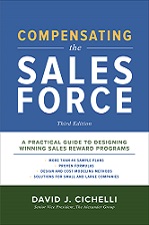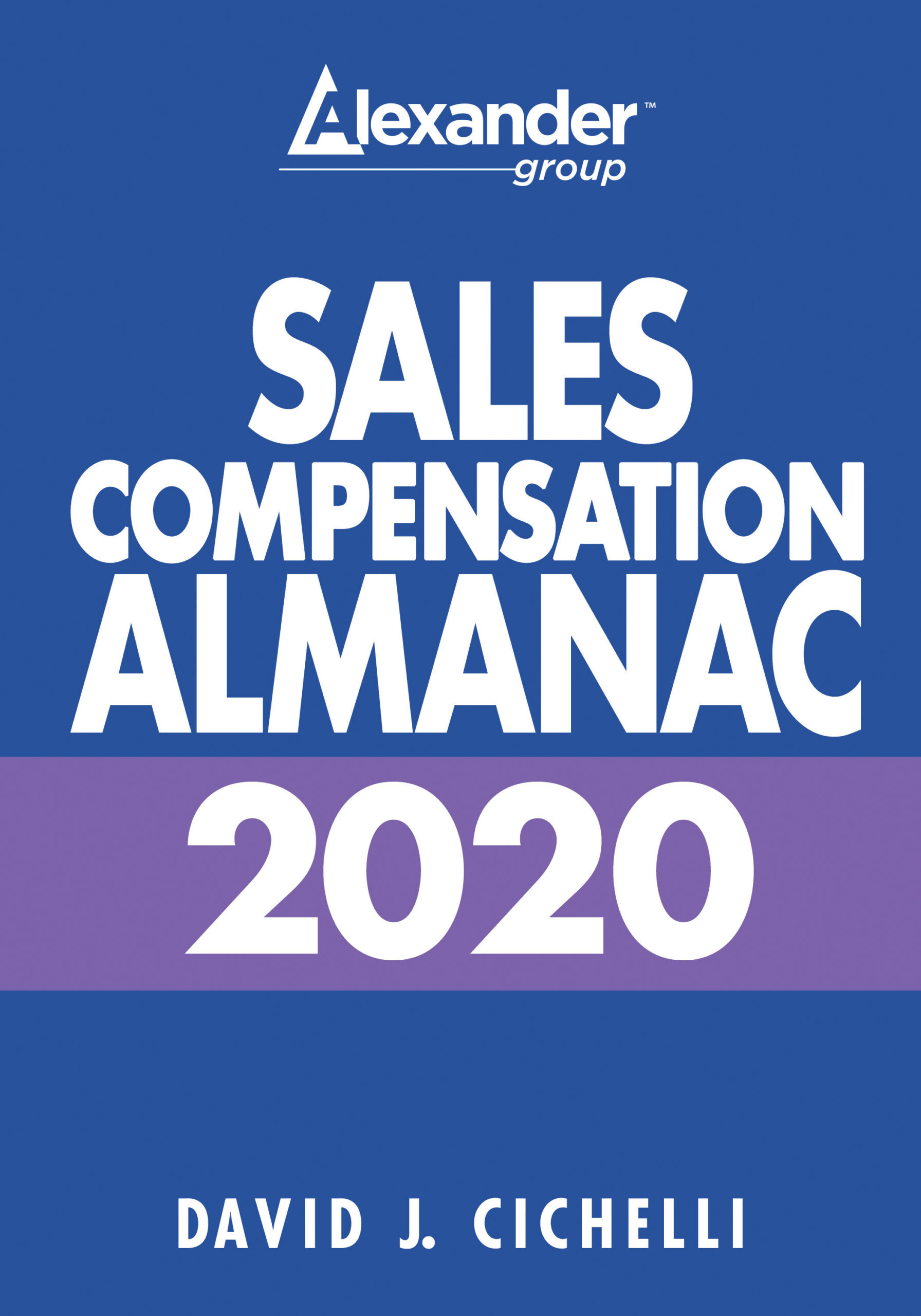What COVID-19 Found in the Shallows
Like a draining reservoir, the COVID-19 crisis revealed some unpleasant sales compensation challenges below the surface.
While revenue decline varied by company, it impacted incentive pay tied to revenue production. Some organizations saw little to no change in revenue, many saw a decline and, in some cases, a steep decline in revenue with a corresponding impact on incentive pay. For those pay programs adversely affected by the drop in revenue, sales departments scrambled to protect sellers’ target incentive pay. Sales leaders adopted a variety of techniques, including draws, guarantees and quota adjustments. Once sales departments bridged the target incentive pay gap, either partially or fully, they had a chance to look at the sales compensation program. Here are some of the sales compensation challenges they found (in the shallows):
- Too Many Plans. Maturing sales departments often have many things they are trying to accomplish. One way to solve this is to create “new” jobs to address specific market challenges. Each additional job is a good decision (perhaps). These new jobs need new incentive plans. Unchecked, one outcome is many flavors of the same job, each with its own sales compensation plan. Solution: A concerted effort will look at each job and “rationalize” the number of different job titles. Another solution is to create “platform jobs,” which group the various titles into like buckets providing one plan for similar jobs with differing titles. In total, there are over 60 different job roles, which sales departments can deploy. Use these broad guidelines for judging the number of plans you should have: The largest, most complex sales entity will use 25 to 35 of these titles, maybe more if multiple sales divisions are present. Mid-size sales departments will use 15 to 20 jobs and smaller selling units might use 5 to 10.
- Underpowered Quota Allocation. Algorithm quota allocation methods use trend line data to set quotas for the next fiscal year. Many companies use this method to set quotas. Often, these systems seem to work—good enough. However, as companies looked to make COVID-19 quota adjustments, they found not all accounts within territories were alike. This led to the realization that more account level insight would improve the annual quota-setting process. Solution: Before applying one-size-fits-all algorithms, use advanced data analytics to determine if sub-categories of accounts should alter how leadership allocates quotas. A better solution is to involve sellers, when possible, to provide estimates of account performance. Use these account perspectives when dividing the sales objective among sellers.
- Assured Revenue. The purpose of sales compensation is to reward successful persuasion. As the fortunes of companies fluctuated, sales leadership becomes more aware of what business was assured–occurring regardless of seller involvement–and what business required seller engagement. Target total compensation pay mix, the split between base pay and target incentive, plus the use of thresholds is governed by the extent of seller persuasion. Solution: Review the pay mix of each incentive plan. Jobs with high persuasion will have a pay mix closer to 60/40 (base/incentive). Jobs with low persuasion might have a pay mix closer to 80/20. Regarding thresholds: No incentive is paid below a threshold. Set the thresholds at or slightly below assured/recurring revenue levels.
- Measure Errors. Using the right measures powers successful sales compensation plans. Unfortunately, over time, sales compensation designers might find the type and number of measures wandering away from the core mission of the job. The result: too many measures, not the right measures. Solution: Select measures that align with the core mission of the job. Eliminate all other measures such as corporate measures, administrative compliance measures, measures sellers cannot impact and measures that cannot be tracked. Keep the number of measures to three or fewer.
There is plenty of time to prepare for the new 2021 sales compensation plans. Put together a task force. Look at all the plans. Improve the plan designs for a winning 2021. Fix the problems, including those nasty ones sticking out of the mud.
David Cichelli is a revenue growth advisor for the Alexander Group. Connect with him on LinkedIn. You can contact David at dcichelli@alexandergroup.com.


